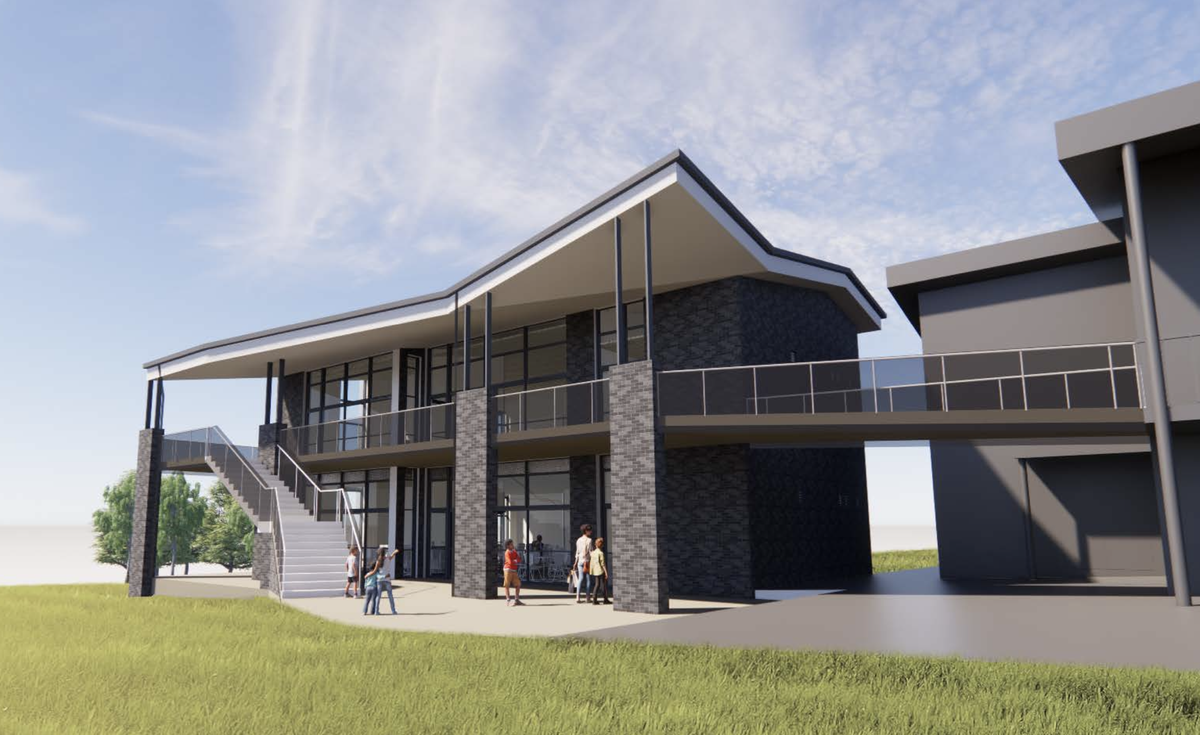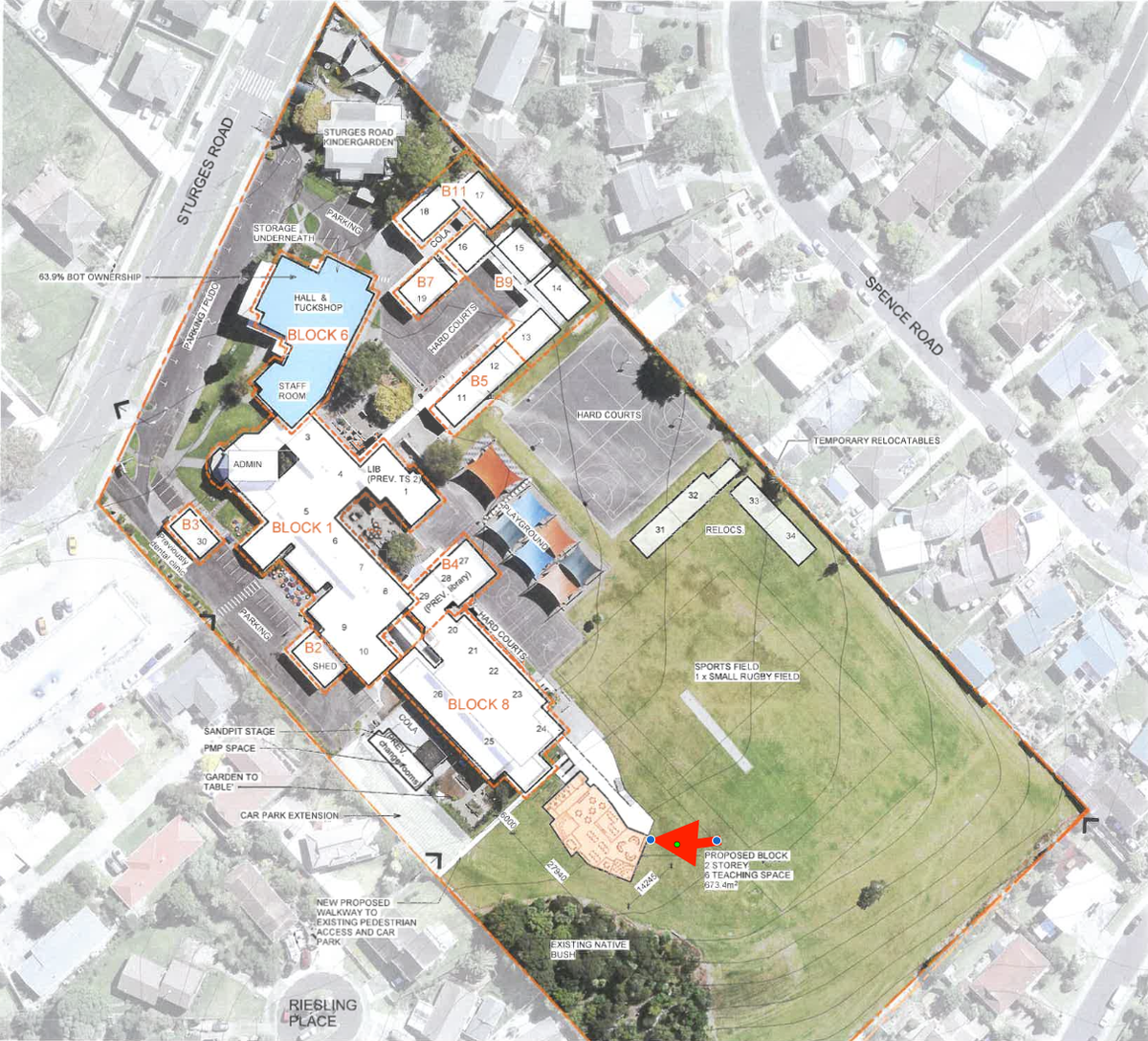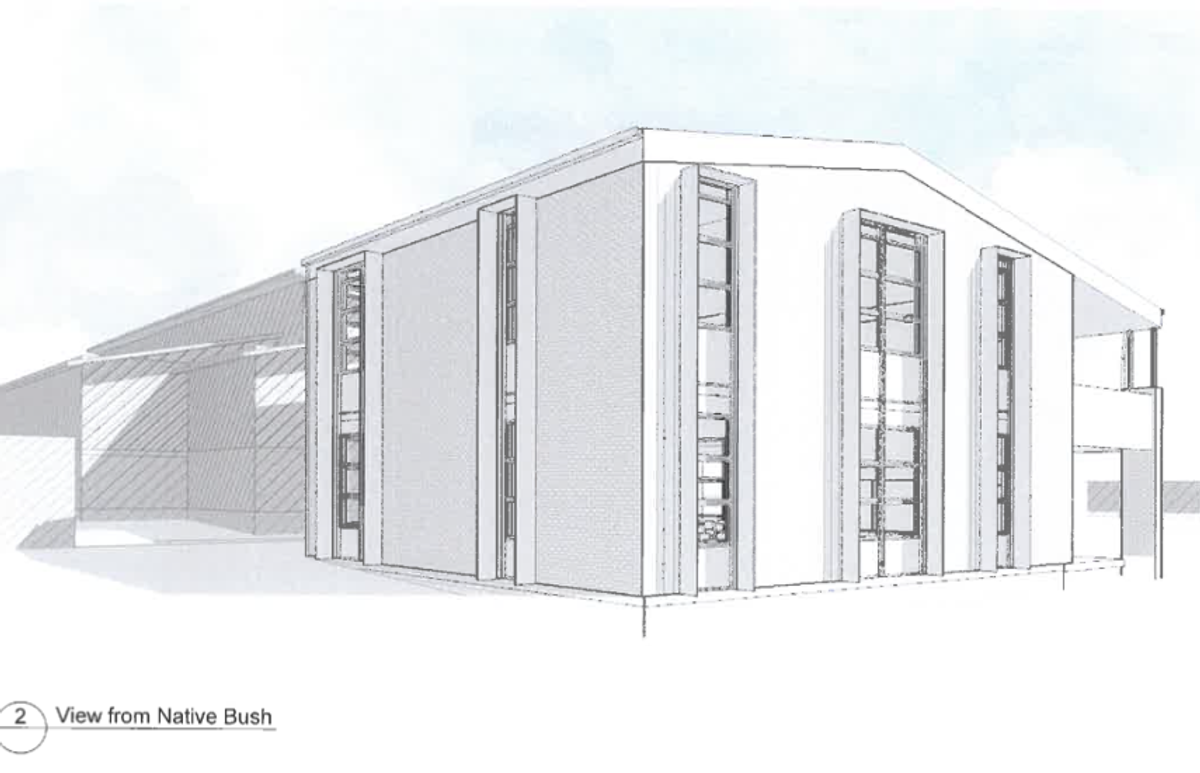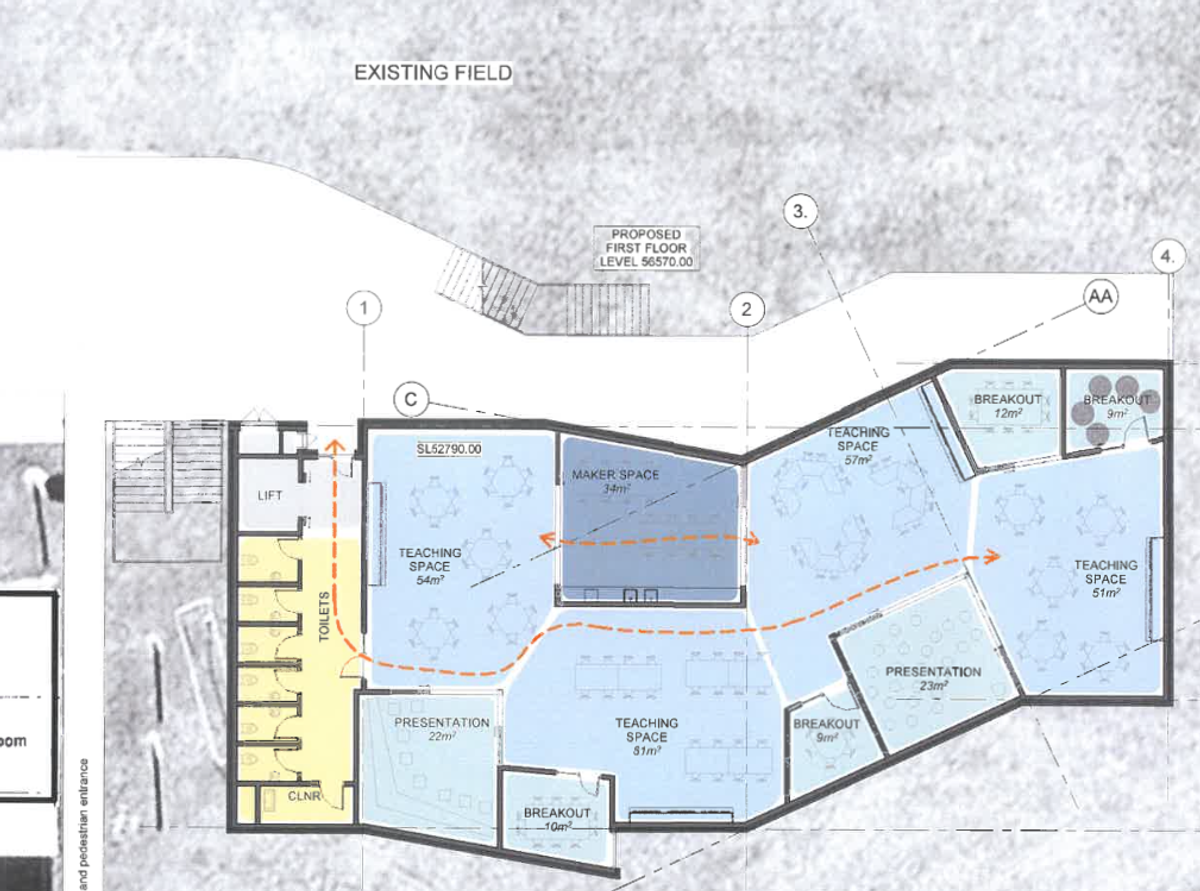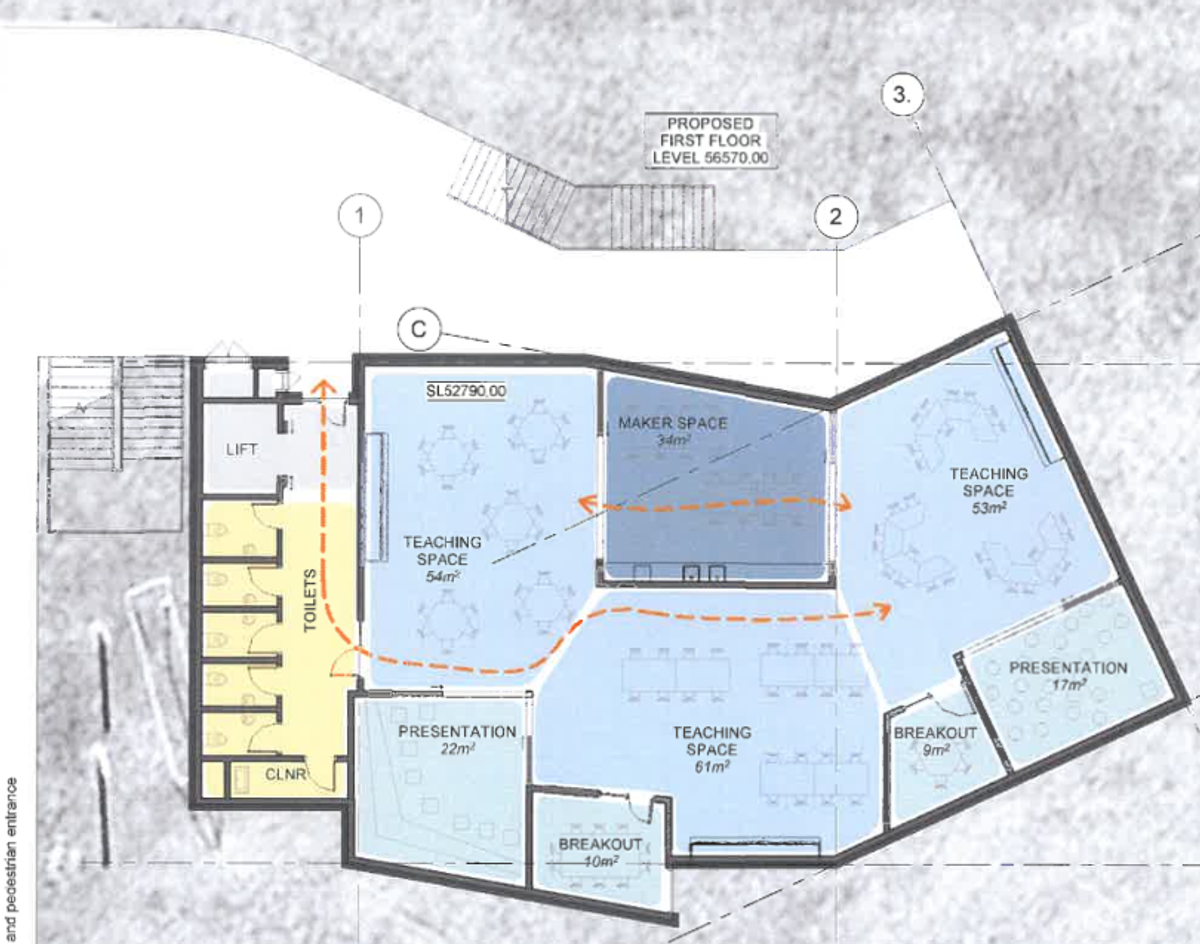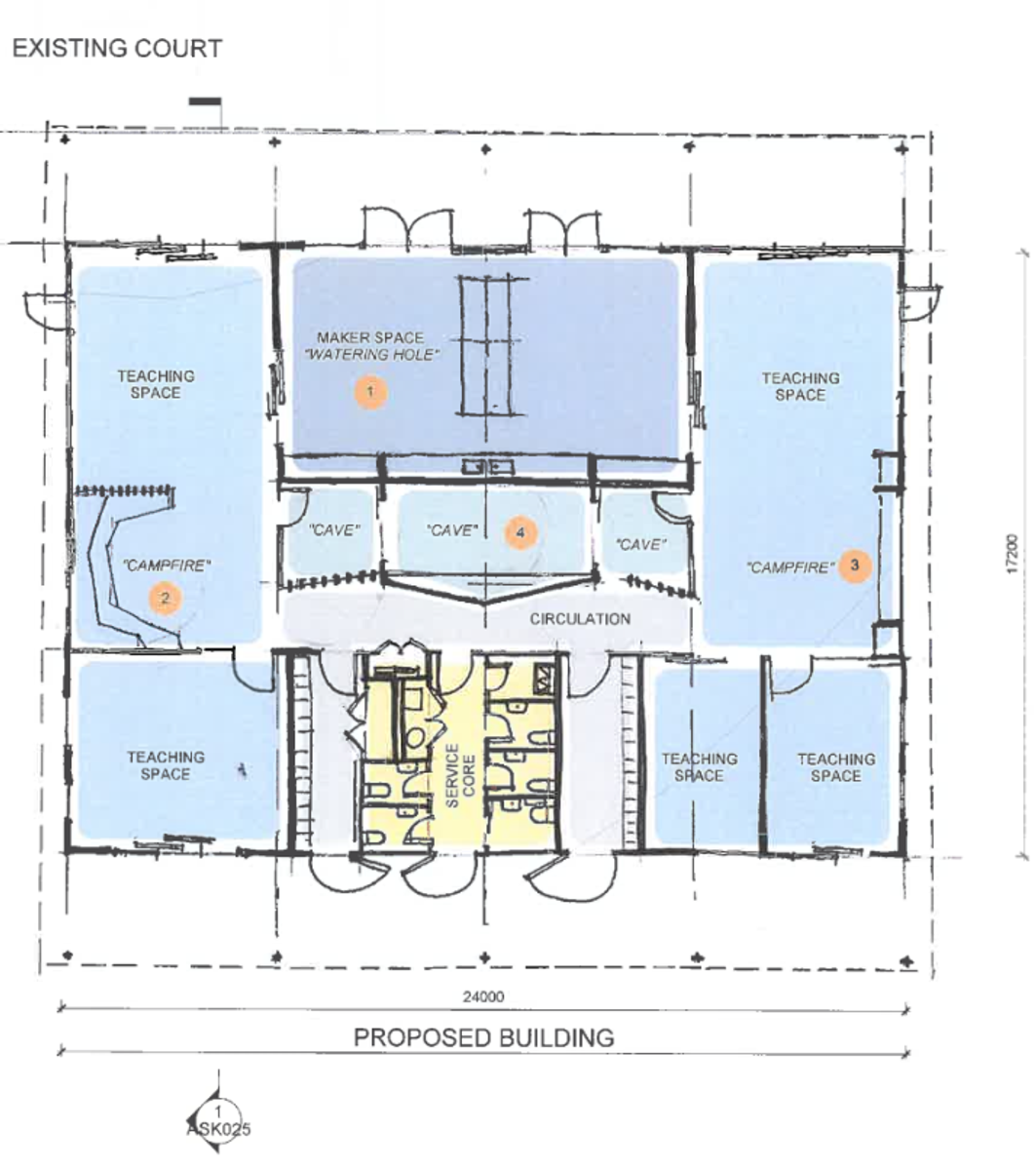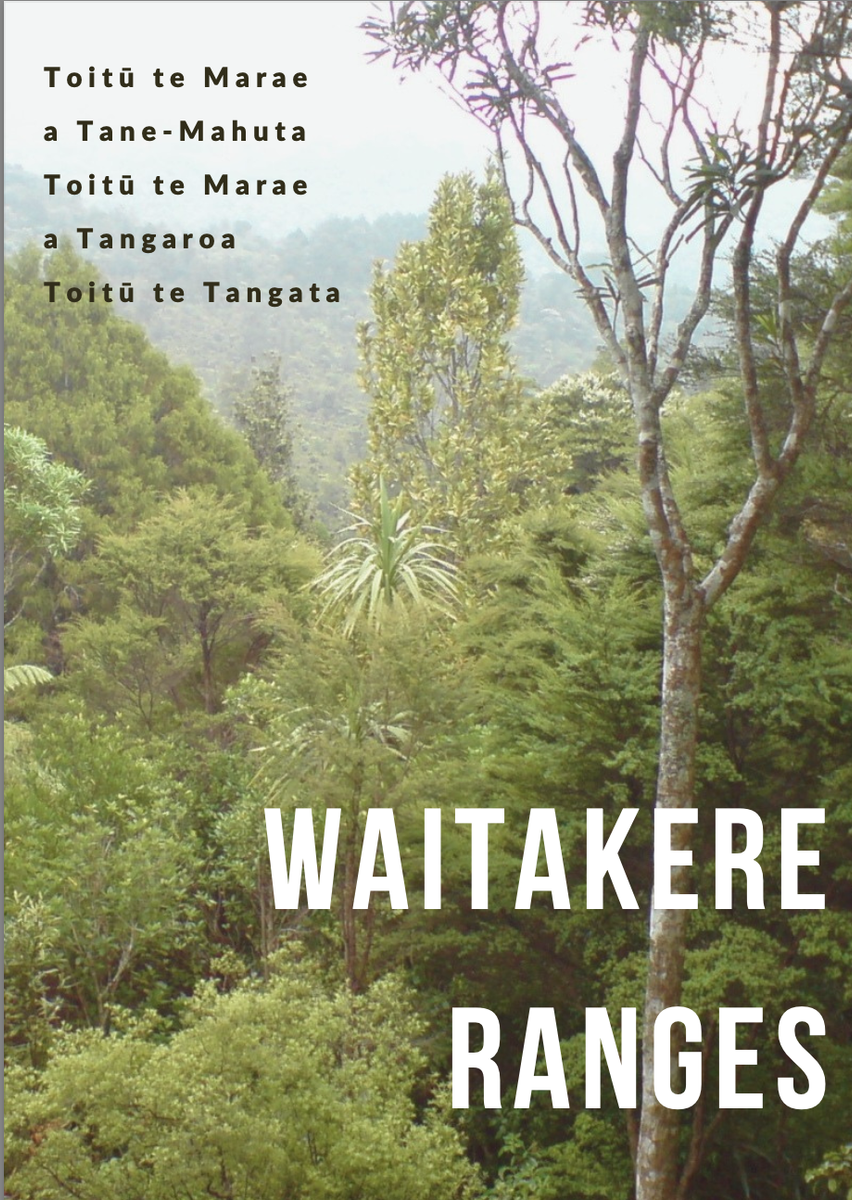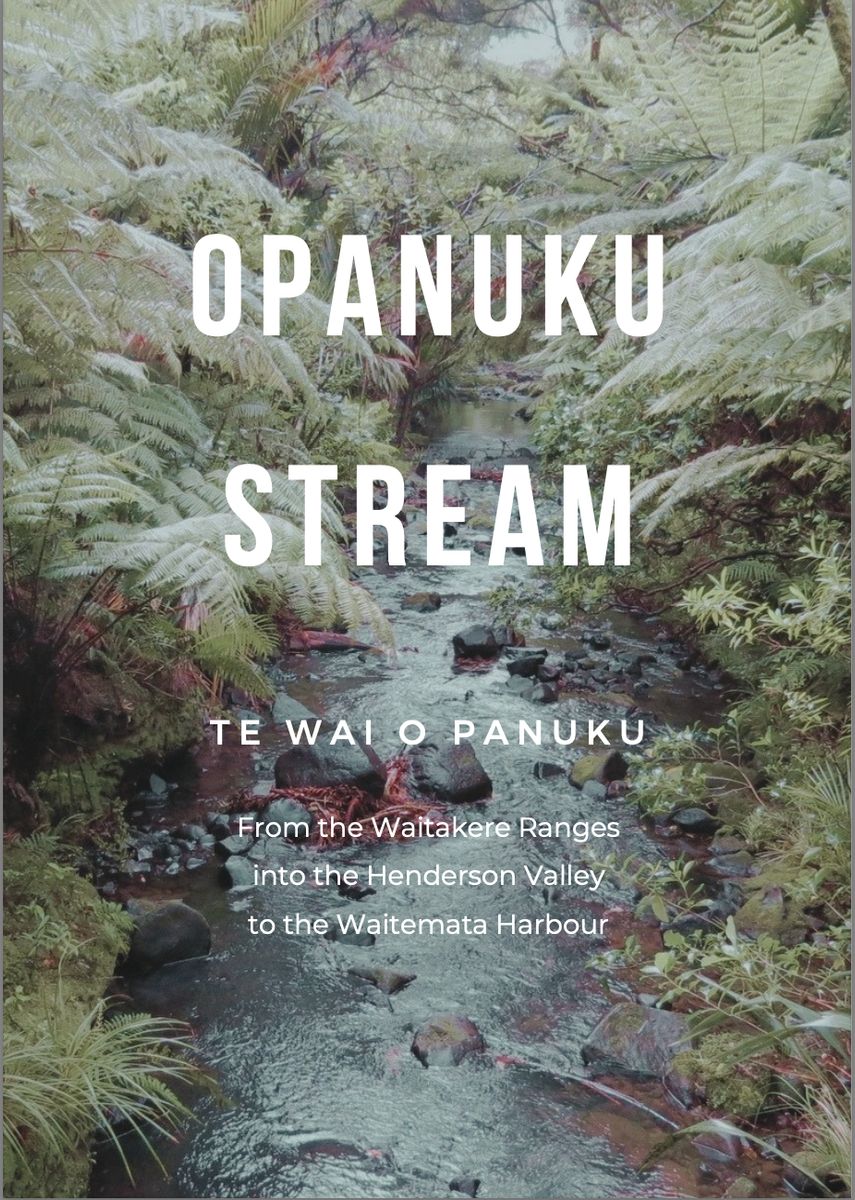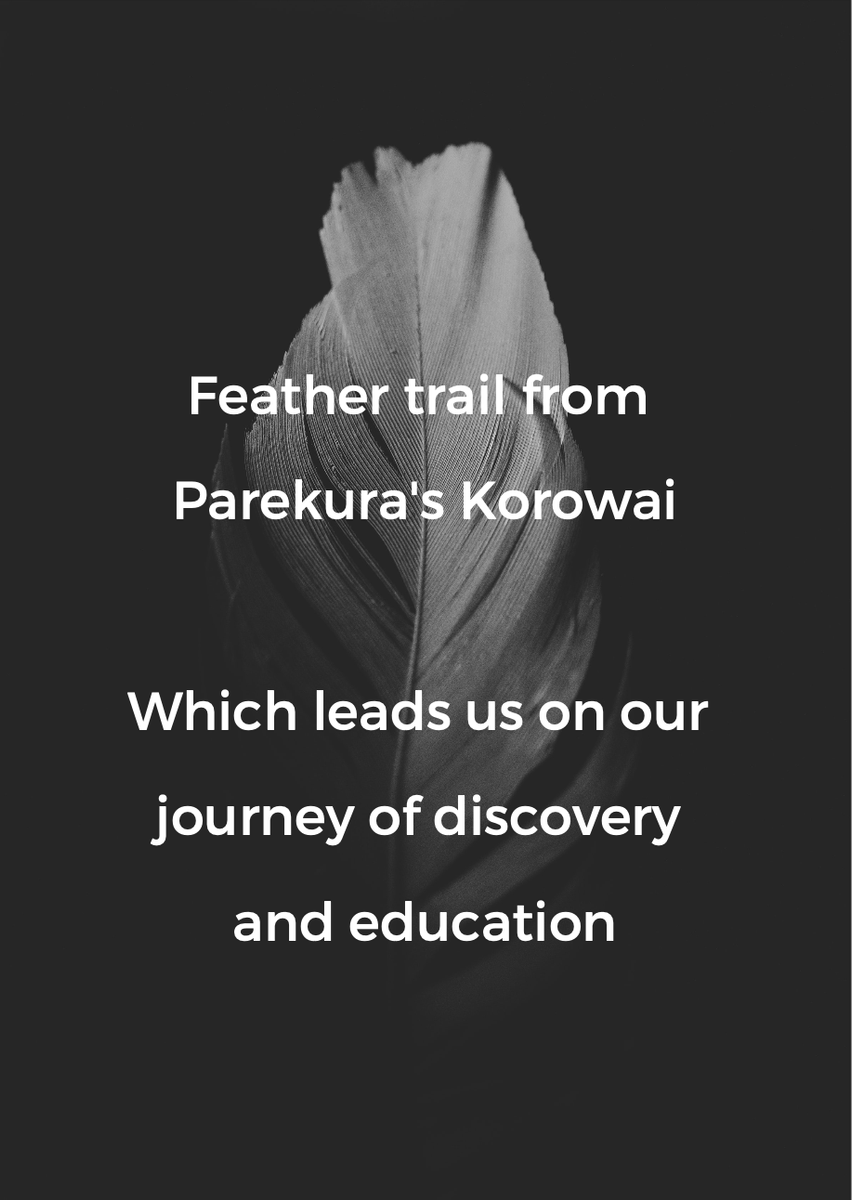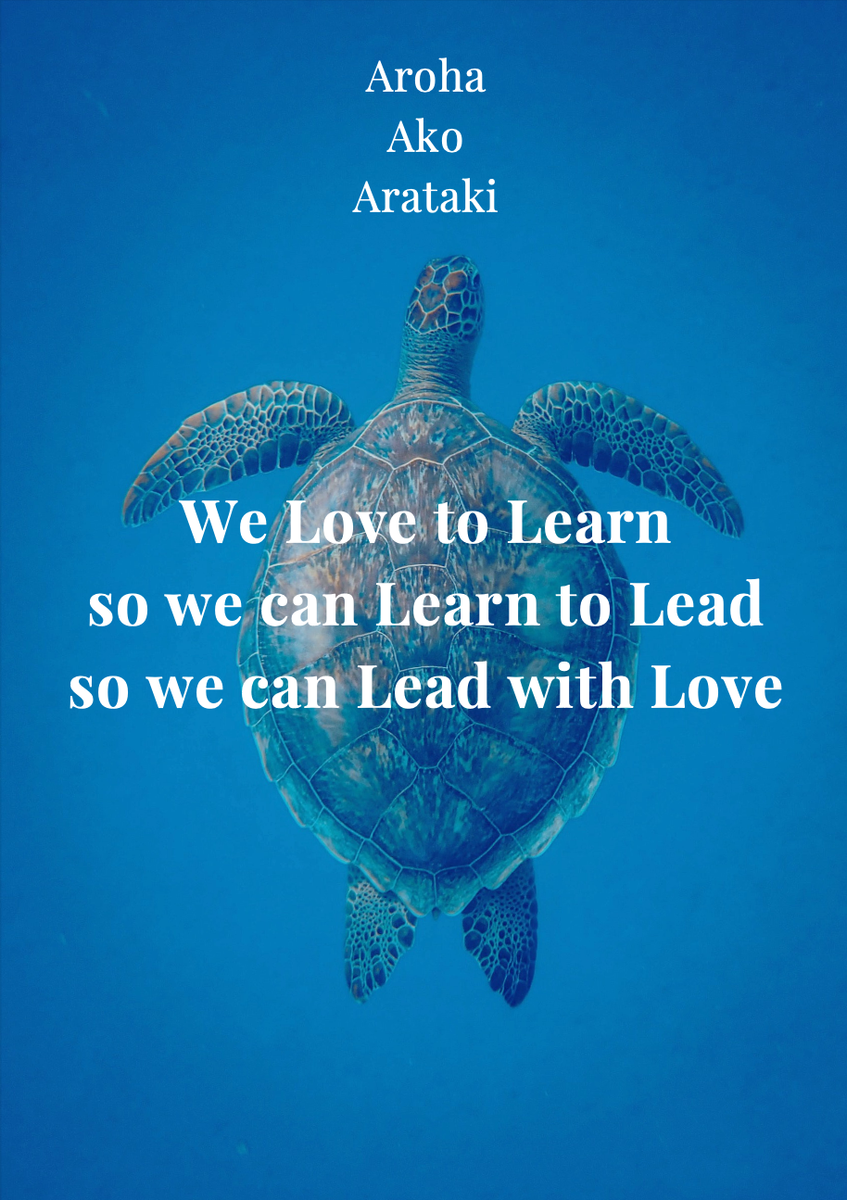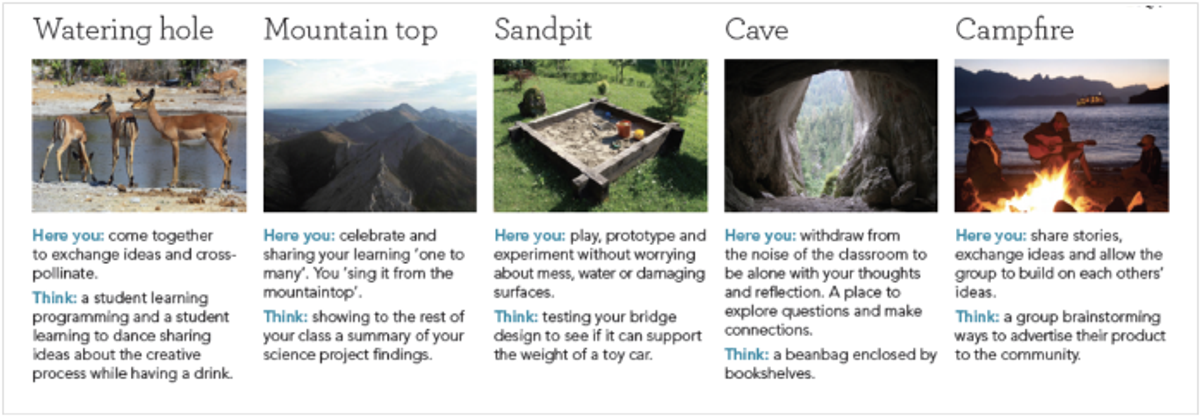Four Classroom Project:
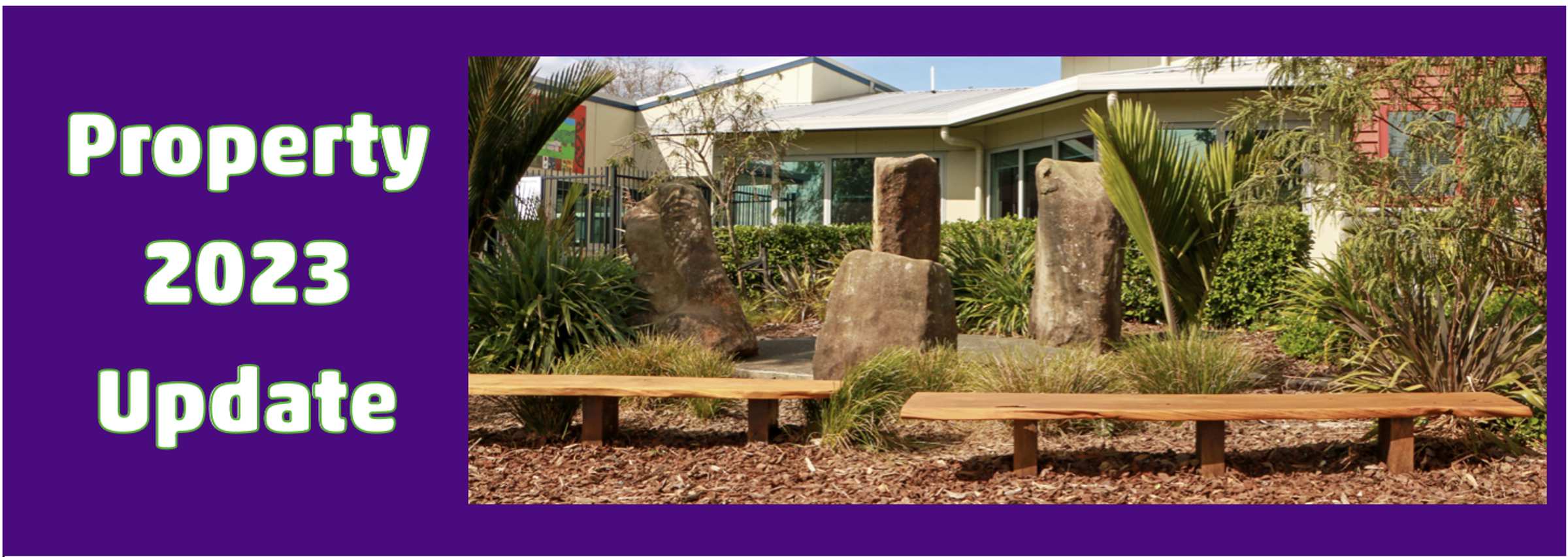
Work will start on Monday 6 November.
The bottom end of our staff car park will be fenced off for the site management office and equipment storage. The site area on the field will be fully fenced off, and a shingle track will be put down, leading from the staff car park to the site.
The grass berm near our TV screen and sign on Sturges Road will have a shingle path cut into it - this will allow trucks to enter our school grounds without going through our Drop-Off Zone.
Trucks will mostly enter and leave between 6:30 a.m. and 8 a.m. or after 3:30 p.m.
If they have to enter or leave during school hours, it will not be during morning intervals or lunchtime. Trucks entering or leaving during school hours will have a 'spotter' walking ahead of the truck to ensure safety. I will also be out there as a 'spotter' at those times. Mrs Nummy will act as the additional 'spotter' if I am unavailable. Our children's safety is of paramount importance, hence us being out there at those times.
The building is going to be stunning. Below is the view from the outside.
Below is a walk-through video of what it will be like - it's a bit dizzying in places but it will give you a good idea of how it will look inside.
Below are some images of the project plans.
The architect team incorporated our Vision, Values and Environment in the design plan.
The images and messages they specifically used to inform their design can be seen below.
If you are interested in the theory that informed the interior design of these four rooms, the following is part of my submission for the project brief.
Introduction
A learner’s socio-emotional well-being is critical to educational success (the OECD refer to emotions as ‘the gatekeepers of learning’ – Dumont, H., Istance, D., & Benavides, F., 2012), and schools, kura and centres that cater for the affective (and relational) needs of learners are most likely to provide the best outcomes for those learners. The Education Review Office outlined the importance of student wellbeing in their 2015 national report on the topic and identified a direct link between belonging and wellbeing:
“Although there is not a single measure for student wellbeing, the factors that contribute are interrelated and interdependent. For example, a student’s sense of achievement and success is increased by feeling safe and secure at school, which affects their resilience.” (ERO)
Key Principle
A well-designed and thoughtfully implemented physical learning environment can foster a sense of belonging in learners, which in turn can contribute to their well-being and, ultimately, their success in education.
Researchers as far back as Abraham Maslow (1943) have identified physical safety and a sense of belonging as important precursors to learning. It’s important that schools, kura and centres implement systemic structures to ensure a sense of belonging is developed
in every learner.
Inclusive spaces
An inclusive education is one whereby “all students are welcome and are able to take part in all aspects of school life” (New Zealand Ministry of Education, 2015). Schools, centres, and kura committed to inclusion critically evaluate all aspects of their physical, social and cultural environments to remove any potential barriers to participation.
We want our learning spaces to include:
- Furniture within an environment that allows easy access for people using wheelchairs, walkers, strollers or crutches — including learners, parents, community members and whanau
- The right level and density of furniture to ensure students feel a sense of freedom, space and movement
- The right noise levels in an environment appropriate for all learners – including provision of quiet spaces
- Support for learners who have impaired vision
Effective learning space design takes into consideration all learner preferences for things like learning on their own or with others, collaboration or quiet reflection, indoors or outdoors, standing or sitting. Environments that support a variety of these learning modalities afford educators the opportunity to be more inclusive in their practice.
Practically, this is often seen in:
- The choice and arrangement of furniture that can be collaborative or individual
- Rooms that have good acoustic separation to support quiet or noisy activities
- Use of elements such as sliding glass doors that can be used to create more enclosed or more open spaces
Building design
A number of the physical elements of the built environment can contribute to a sense of belonging for learners. The use of internal glass walls and doors increases visual connectedness between learners, their peers and teachers, so they know they are never far away from their teachers and peers.
We want to allocate on-site space for whanau to create somewhere for them to relax, feel welcome and have a cup of tea. A further aspect is space and support for elderly members of our extended whanau community to learn English as a second language and to mix and commune with others of their own language and culture.
Culture and identity
Acknowledging, welcoming and celebrating culture is also crucial to the development of a sense of belonging for all learners. We know that there is a strong link between well-being and achievement and that students’ well-being is strongly influenced by “a clear sense of identity, and access and exposure to their own language and culture” (New Zealand Ministry of Education, 2013).
Beyond mere ‘exposure’ to one’s own language and culture, learners do better in education when:
i) Their identity, language and culture are valued as an essential part of who they are, and
ii) What and how they learn reflects and positively reinforces this identity.
Furniture, fixtures and equipment
We are moving away from allocating a learner a single chair that they should occupy for most of the day. This decrease in the practice of a learner ‘owning’ a single piece of furniture is being met with a corresponding increase in a sense of ownership of, and responsibility for, the whole learning environment.
There is still a need to offer learners somewhere to put their belongings and equipment. Gifford (2002) refers to the importance of a degree of ‘privacy and ownership’ to students’ sense of belonging.
We offer cubbyholes, tote trays, book-bags and other storage systems to ensure students still have ‘privacy and ownership’ within a space.
Too much furniture can also have a negative impact on behaviour within a learning environment. We include circulation or ‘traffic’ space within the learning environment, effectively taking what has traditionally been a ‘corridor’ and including it in ‘the classroom’.
Open learning spaces provide flexibility to work in different groupings. Students can learn collectively and can easily come together in larger. They support tuakana-teina relationships between students and between teachers.
Multiple groupings within open learning spaces support different teacher locations within the room and increase discursive teaching practice, which is linked to higher Māori student achievement. Spaces should be oriented so that they receive good sunlight. Natural light is linked to increased student achievement, and Rā (the sun) is an important element within Māori culture.
Visual transparency connects students with the spaces outdoors, even when they are inside. Visual transparency also supports students within these spaces to maintain their link to the rest of the group. Students working in small groups in these areas can provide feedback or support to other students, encouraging Māori and Pasifika students to feel comfortable taking risks in the main learning space by asking or answering questions in front of a larger group. When sited near a large multi-purpose space, these spaces can be used for smaller whānau hui, sharing kai, or as a safe place for younger children while whānau take part in an event in the multi-purpose space.
Moveable furniture increases the flexibility of the multi-purpose space. We can ensure furniture is suitable and comfortable for students and visitors of a range of different heights and builds. Different types of seating to be provided for students, including mats, soft seating, and seating that can be used outside. When cushions are used for sitting, their size and shape need to make it apparent that they are for sitting upon so that they will not be mistaken for pillows for resting the head upon.
Floor coverings must be carefully considered if students will be removing their shoes or spending time sitting on the floor while learning.
Makerspaces:
"Wherever making happens is a makerspace" - Burke, 2014
A makerspace can be any space where students and teachers come together to create, invent, prototype, design, tinker, explore, discover, code, build, craft, draft, draw and more.
Students can work individually or collaboratively using a variety of high and low-tech tools and materials.
Our makerspaces typically have a STEAM focus (Science, Technology, Engineering, Arts and Multi-Media). However, we recognise makerspace is an ideal platform for projects that work across all subject areas.
Having a makerspace is a perfect opportunity for whānau and community engagement. Makerspaces offer an opportunity for whānau to get involved in their child's learning. They can participate in making, workshopping ideas, or helping to judge and evaluate projects.
Having an older or more expert learner help and guide those who are younger is an effective way for students to share expertise and learn together. The makerspace is an opportunity to develop tuakana-teina relationships.
Walls and display
Displays of learning develop a deeper sense of identity and ownership but also model the learning process visibly for all to see. When walls and display areas begin showcasing and modelling thinking and approaches to learning, the environment becomes what Loris Malaguzzi refers to as the ‘third teacher’ of children (after adults and other children).
Agency and belonging
Alongside physical learning environments, the ways in which learning occurs within a space can also increase a sense of ownership and belonging. Having ‘agency’ over your learning also increases a learner’s sense of belonging. Researchers have concluded agency and belonging go hand-in-hand: “When students believe that they are valued for their perspectives and respected, they begin to develop a sense of ownership and attachment to the organization in which they are involved” (Mitra 2009). Similarly, when students are “able to talk about their experiences of learning in school and have their account taken seriously it offers students a stronger sense of membership, a stronger sense of respect and self-worth, a stronger sense of self-as-learner and a stronger sense of agency” (Rudduck, Demetriou, & Pedder 2003).
The Future
As we move forward, we want to make the best use of innovative learning environments by employing the concepts of whanau, hapu and iwi to describe groupings of different sizes within our broader ILE structuring of classes and learning groups.
This can describe learners working with a single teacher, several teachers or within a larger group. Approaches such as composite (or multi-level) classes or ‘looping’ (where a teacher stays with learners as they progress through year levels) also offer learners the opportunity to develop strong attachments to teachers that persist over two or more years.
Conclusion
As we respond to changing times by re-examining our physical, social and pedagogical architecture, it is important that the provision of a sense of belong is paramount.
Dr David Thornburg proposed that we need access to three basic environments, or ‘learning spaces’ in which to operate in order to learn effectively - the Cave, Campfire and Watering Hole. The Mountain Top - for sharing learning - and the Sandpit - for making and experimenting and trialling - have been added to the original three.
Creative learning environments should never dictate pedagogy but support learning in ways that empower individuals.
When we talk about newly designed learning environments, we are not just talking about physical spaces - we must also consider the pedagogic space as a concept.
New learning space designs can promote several positive experiential aspects, including;
- individual and group learning opportunities simultaneously
- cooperative, group-based activities, as well as presentations and performances
- removed pressure from teachers to be in ‘control’ of a group and solely responsible for its overall behaviour
- new learning possibilities and facilitating new pedagogies
- flexibility in space, location and resources
- space for instruction, presentations, discussion, talk and privacy, private study
- opportunities for learners to approach experts in various learning contexts
- more room to move around.
Creative learning environments should cater to individual learner needs concurrently. Thornburg’s campfires, caves and watering holes concept supports this idea.
The work of David Thornburg is pioneering in communicating how architecture and design have profound impacts on learning. Thornburg identifies three archetypal learning spaces - the cave, watering hole, and campfire - that schools can use as physical and virtual spaces for student learning.
• Cave
The cave is a space where students work independently to complete tasks. They can reframe ideas gathered from interaction with other students and stay focused on their reading and research.
Ultimately, the cave is a space for self-reflection. An individual can think and transform their learning, which has been gathered externally, and from this form their contextual beliefs. In this space, a student can withdraw to navigate their internal world, which cultivates intrapersonal skills. Some of the best learning can occur when students are alone, able to block out the external world and think for themselves. Emerging from the cave, a student can use the information they have procured to collaborate or increase learning for others.
An extension of the physical cave is the virtual cave. The virtual cave is a space where learners work alone using digital technology. An example of a virtual cave is a blog or vlog.
• Watering hole
The watering hole is a space where students work in small groups to complete tasks. They are encouraged to discuss, collaborate and share ideas.
Ultimately, the watering hole is a space for collaboration. It is informal, and peers can share information and discoveries as both learner and teacher simultaneously.
It promotes key learning methods of peer reflection and feedback. The watering hole helps foster interpersonal relationships, which can influence a strong learning culture and a positive relational network. Because this space is about collaboration, it is fashioned so that individuals can use the network to enhance learning - the support for learners includes student-to-student, student-to-teacher and teacher-to-teacher collaboration. The watering hole should essentially enable freedom of movement and improvisation.
An extension of the watering hole is the virtual watering hole. A virtual watering hole is an online collaborative space that includes all web 2.0 tools as well as online collaborative platforms that facilitate group networked learning. Examples of Web 2.0 include social networking or social media sites, blogs, wikis, video-sharing sites, hosted services, web apps and collaborative platforms.
• Campfire
The campfire is a space where the whole group meets to receive instructions.
Ultimately, the campfire is a space for expertise - people gather to learn from an expert. This conjures an image of the wise elder passing down insights through storytelling, preserving culture for the next generation. Today, the experts are teachers and students who share their learning with peers and other teachers. It is a space where expertise is delivered or broadcast out by the wise individual; only today can we all inhabit this space and become the sole disseminator of knowledge.
An extension of the campfire is the virtual campfire. This is essentially flipped learning, which uses digital technology so that students can access expertise when needed. The master teacher is available at any time to teach the student in whatever area of mastery they wish.
The campfire, watering hole, cave and life spaces provide holistic opportunities for learners through regular exposure and by fully understanding how to use them. The educator and learning community are responsible for providing transparency and developing individual skills in using them.
Moving beyond viewing these spaces as purely physical enables an increasing understanding of recognising them as virtual, emotional, social, relational and pedagogical. By viewing learning through this holistic lens, it increases the creative potential of the learning environment.


